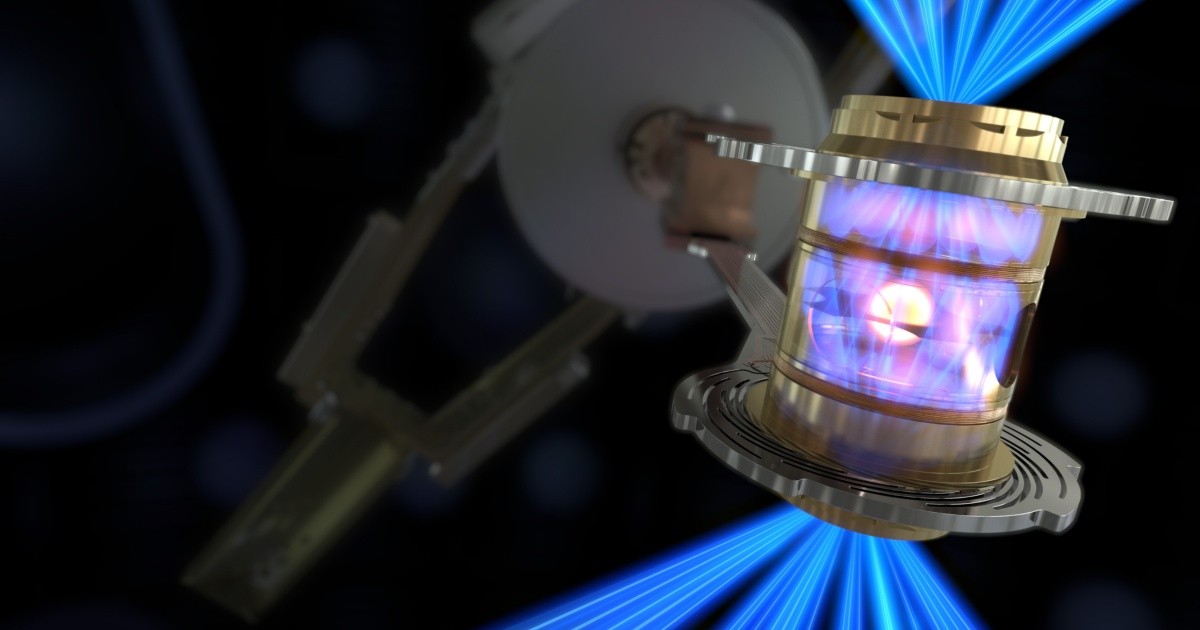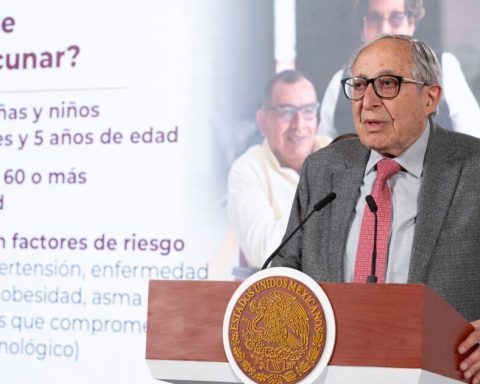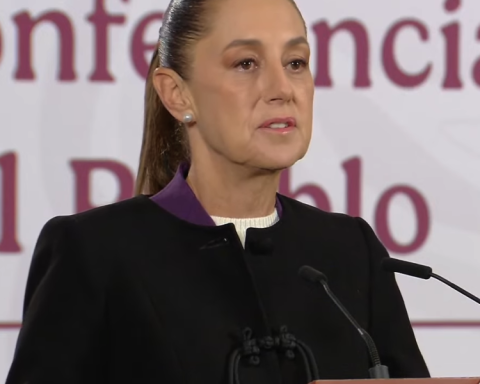Since it was blown up the first nuclear bomb on Los Alamos (USA), humans have sought to control the energy that exists at the level of the atomic nucleus. Breaking atoms releases part of the binding energies between protons and neutrons. But coupling the nuclei of atoms releases vastly more energy per unit mass. The simplest thing is to do it with the protons, which are the hydrogen atoms from which the electrons have been removed. It is about bringing together protons that already have linked neutrons to form helium nuclei.
Now protons repel each other with gigantic forces. To get them together requires even greater forces. One of these forces is gravity. Inside the Sun, the force of gravity manages to bring the protons that make it up to each other to produce helium and release energy.
Here on Earth we don’t have enough gravity. That is why we need to concentrate the little energy that we have to bring the combination of a proton and one or two neutrons closer to each other to form helium (two protons and two neutrons). This has been attempted in various ways, and in the Lawrence Livermore Laboratory of California They have been trying to do it for about 50 years by pushing those particles through lasers, concentrated in a very small region.
Hitting the head of a nail with a hammer allows the force to be concentrated on the tip. The effect is the same in the case of these lasers: the pressure is force divided by area, so if the area is made very small, the pressure increases a lot.
If we focus 180 lasers on two very small facing surfaces we generate enormous pressure that can cause, also via shock waves, the protons within those surfaces to stick together. If more energy comes out of the union than is necessary to produce it, the reaction could continue. But for that it would be necessary to control this energy to again produce a new union and thus in a chain, and always maintaining strict control.
Ad
The Lawrence Livermore Laboratory has announced that on December 5, 2022, it has managed for the first time to produce more energy than it had used to bring the protons (with their neutrons) closer to each other.
Now, this had been achieved for one hundred billionths (Spanish) of a second, which is not used to generate electrical energy. It would now be a matter of doing the same but for a continuous time, maintaining the reaction over the years. And do the same, but not with a millimeter-sized pellet, but with substantial amounts of hydrogen.
To do this, a very sophisticated control scheme for all the pellets is required, since the energy released by one must be concentrated again in another or others. The general system is a complex system, and we do not know how to control complex systems. It is very probable that perhaps much more than 50 years will be needed to solve this second problem, which is much more difficult than the first.
The reasons for the investment
Now, why spend huge amounts of money, hundreds of billions of dollars, or in Europe Euros, on the other fusion system, magnetic confinement, when we already have a perfectly functioning fusion reactor, and what’s more It’s free?
That reactor is called the Sun, and the energy it generates from the fusion of protons with their neutrons inside it, constantly, over billions of years, takes 8 minutes to reach Earth in such enormous quantities that the Human fusion reactors, if they could be built, would never come close.
There is a possible explanation. A human fusion reactor implies a monopoly, or near-monopoly, of the concentrated power produced. Solar energy, captured by photovoltaic panels, wind turbines or solar thermal power plants, is a distributed energy that the monopoly system does not allow. Perhaps this is the reason why states have spent billions of dollars or euros trying, just trying, to master nuclear fusion.
Antonio Ruiz de Elvira SerraProfessor of Applied Physics, University of Alcala
This article was originally published on The Conversation. read the original.

















